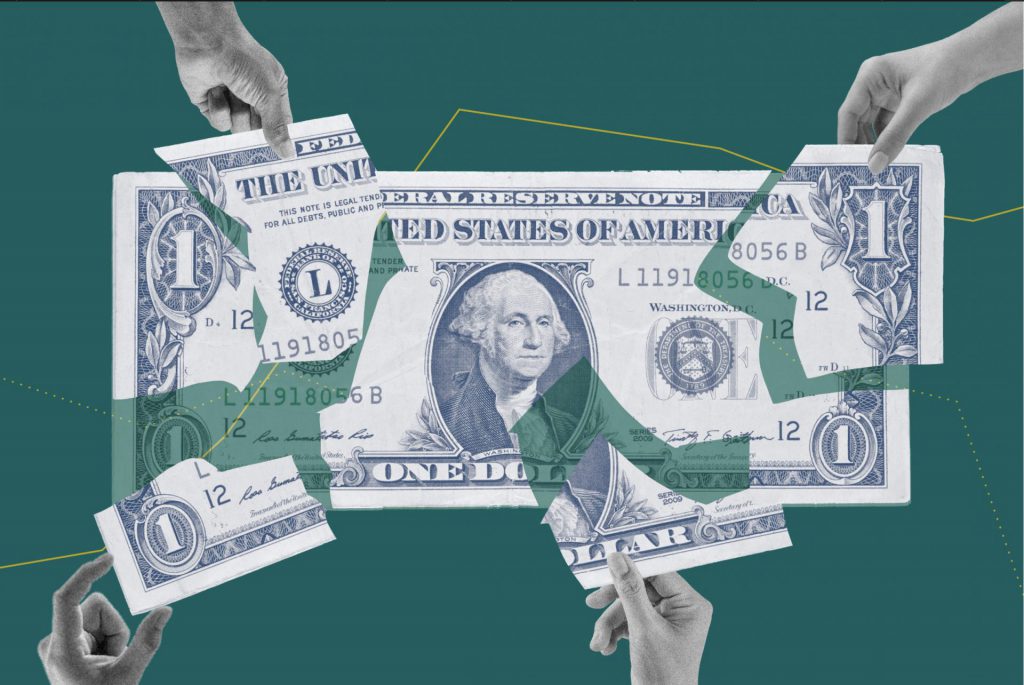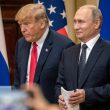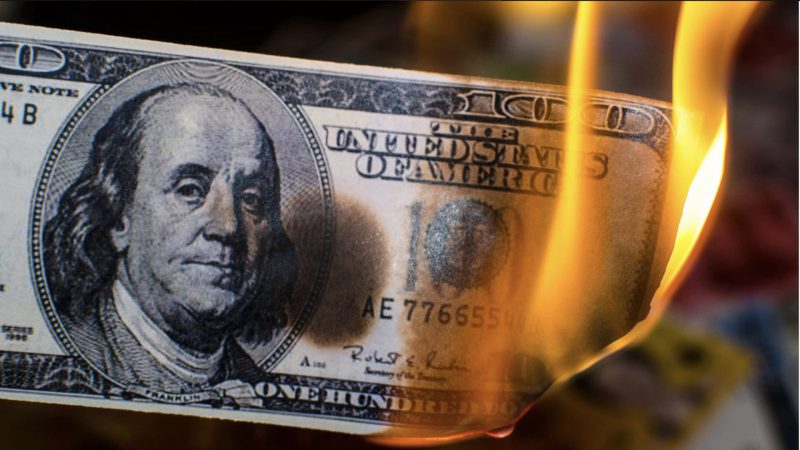Iran’s government is considering replacing the U.S. dollar with Iraq’s dinar for mutual bilateral trade. The move is an attempt to further reduce the power of the U.S. dollar in the region. With millions of pilgrims and health tourists crossing the border each year, the yearly trade between the two adjacent countries is over $10 billion.
Yehya Eshaq, the head of the Iran-Iraq Chamber of Commerce, stated that the present Iranian administration prioritizes switching to national fiats, over the U.S. dollar. Eshaq stated that “Most countries in the world are looking for breaking the American hegemony in their exchanges.” The official also added that “the use of national currencies can help accelerate this process.” By favoring the dinar over the U.S. Dollar, the countries, “are actively undermining the dollar’s dominance in our import-export transactions.”
Also Read: BRICS: Saudi Arabia, Iran & Brazil Pay in Chinese Yuan, Ditch U.S. Dollar
Why are countries such as Iran and Iraq breaking away from the U.S. dollar?


Eshaq emphasized how using local currencies might hasten the ongoing move away from American dominance. He further iterated that the trend of moving away from U.S. control is globally gaining traction.
Also Read: Iran Seeking Increased BRICS Partnership Ahead of Summit
According to Eshaq, using national currencies would help bring the neighbors closer. He stated that it “would further cement these relations and galvanize more robust trade ties.”
Eshaq’s words come after Iranian President Ebrahim Raisi emphasized the importance of de-dollarization. Raisi spoke earlier this week, at the Council of Heads of State of the Shanghai Cooperation Organization’s virtual summit. The state head said that any attempt to create a just international system necessitates the elimination of the U.S. dollar as an “instrument of dominance in intra-regional relations.”
Talks about moving away from the U.S. dollar for international trade have caught the attention of many developing countries. With the BRICS bloc of nations showing interest in creating their own currency, many have come on board with the idea of a non-U.S. dollar-dominant global structure. However, a transition to a non-dollar standard is a long way from being a reality anytime soon.





